Florists love to plant chrysanthemums, as their flowering can last all autumn. This allows the garden to return freshness and beauty when other plants are preparing for the winter season.
Transplanting chrysanthemums in autumn to another place is carried out in order to strengthen its roots and reduce susceptibility to low temperatures. At the same time, you need to follow some rules for carrying out this process and caring for the plant, so that it has time to take root in a new area, and also pleased with its flowering next fall.
Content
- 1 Is it possible to transplant chrysanthemums in autumn
- 2 All about transplanting chrysanthemums in autumn
- 3 Planting chrysanthemums in the fall in the open ground
- 4 Planting a flower in containers
- 5 Autumn Chrysanthemum Care
- 6 Winter preparations
- 7 Reproduction of chrysanthemums in the fall
- 8 Sowing seeds
- 9 Diseases and pests of chrysanthemums
- 10 Noncommunicable diseases
- 11 Pests
- 12 Chrysanthemums in the fall, photo
Is it possible to transplant chrysanthemums in autumn
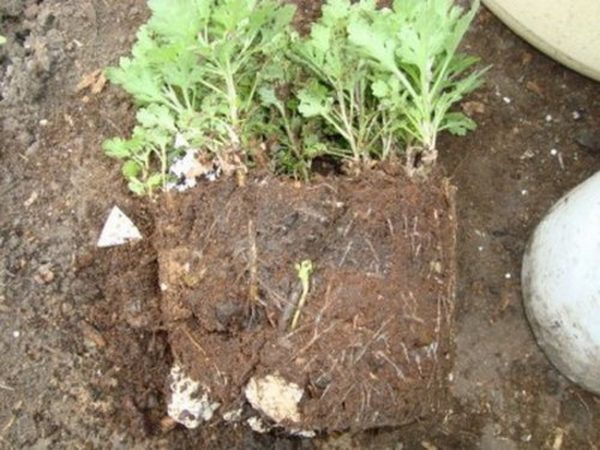 The plant tolerates a decrease in air temperature well, so the autumn transplant will not do any harm. If you follow all the rules for this manipulation, then according to experienced gardeners, it has the following advantages:
The plant tolerates a decrease in air temperature well, so the autumn transplant will not do any harm. If you follow all the rules for this manipulation, then according to experienced gardeners, it has the following advantages:
- frost resistance of flowers increases;
- a strong and well-developed root system is formed.
All about transplanting chrysanthemums in autumn
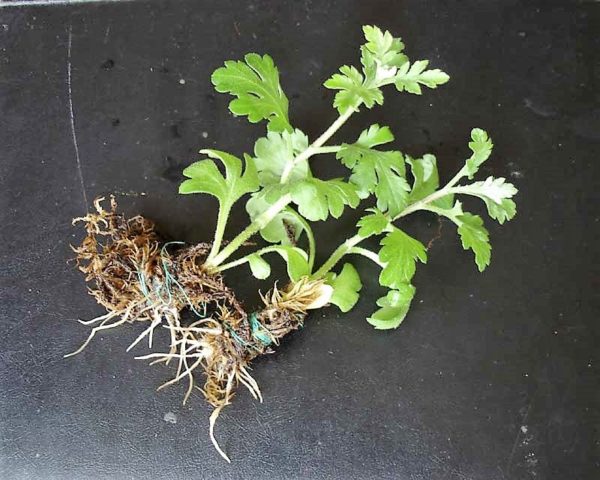 A young plant is transplanted 1 p. per year, and the place of growth of flowers older change 1 p. in 2-3 g. If you do not transplant the chrysanthemum, it will begin to hurt, and then cease to bloom. So that this action does not harm the flower, you need to create the right conditions for its growth:
A young plant is transplanted 1 p. per year, and the place of growth of flowers older change 1 p. in 2-3 g. If you do not transplant the chrysanthemum, it will begin to hurt, and then cease to bloom. So that this action does not harm the flower, you need to create the right conditions for its growth:
- copious amounts of sunlight. The presence of chrysanthemum in the shade will lead to the crushing and blanching of its leaves or their complete absence. The daily rate of concealment of a flower from the sun should not exceed 4 hours. Therefore, it is advisable for him to choose a place on a hill;
- the soil should not be acidic, dry or excessively wet. The location of groundwater in the surface layers of the soil and the lack of sunlight will lead to stagnation of water, which will have a detrimental effect on the root system of the plant;
- it is unacceptable for the place of transplantation to choose soil with high acidity or incapable of retaining moisture (sandstone, dry peat).
Neglect of these rules will lead to rapid decay of the flower.
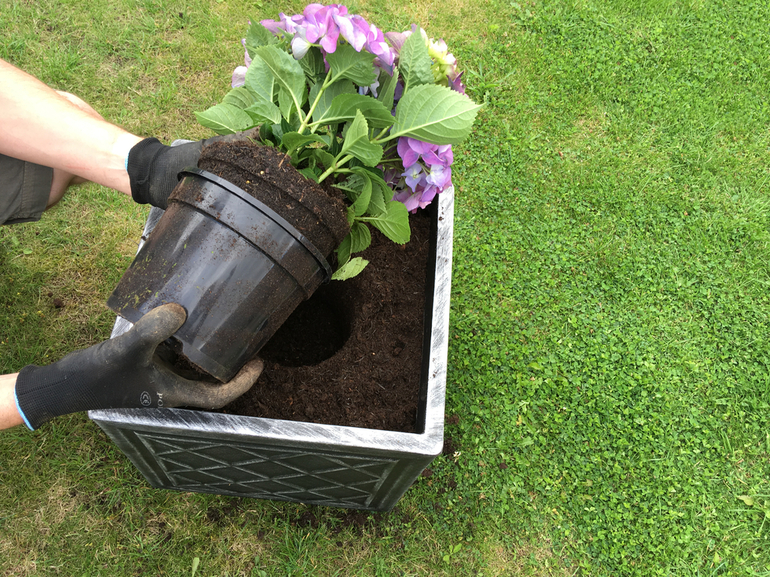 You may be interested in:
You may be interested in:When to start a transplant
Transplant the bush is recommended in late September or early October. To carry out such manipulations, a cloudy and cool day is chosen, when the night air temperature drops to zero degrees.
Choice of planting material for chrysanthemums
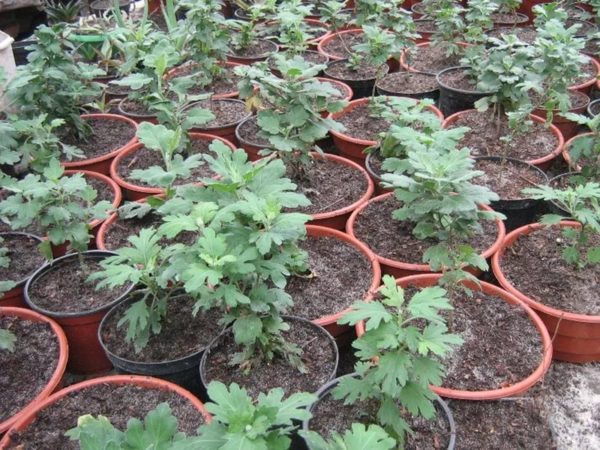 Before how to separate the cuttings for transplantation, inspect the shoots for signs indicating their ability to save their life when changing growing conditions:
Before how to separate the cuttings for transplantation, inspect the shoots for signs indicating their ability to save their life when changing growing conditions:
- the presence of basal sprouts. Without them, the ability of the plant to tolerate low temperatures is reduced;
- the aboveground part of the planting material should have a specific green color, indicating the absence of signs of damage by pests or diseases.
Planted plants should spend energy on rooting, and flowering buds will draw all the juices out of them. This will not allow the chrysanthemum to take root before the onset of frost.
How to prepare the ground
With close occurrence of groundwater to the surface soil layer, drainage must be installed to protect the root system from being in conditions of high humidity. Coarse sand is used for this.
Then the soil needs to be well loosened so that it passes air and water well. Also, a mandatory point for soil preparation is the application of fertilizers (compost, manure, peat).
Adding more than 0.5-06 kg of nutrients to 1 hole will increase the amount of foliage on the shoot, and this will reduce the number of flowers on the bush.
Chrysanthemum transplant process in autumn
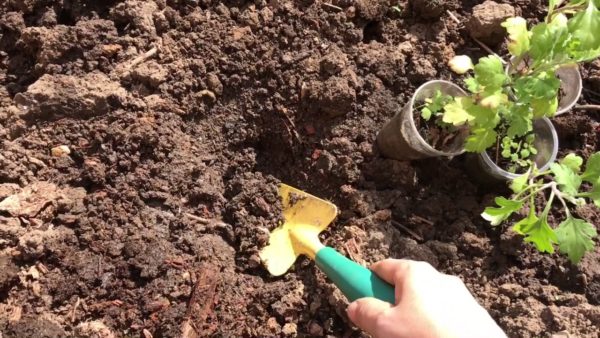 After choosing the place of growth of chrysanthemum, the gardener must perform the following steps:
After choosing the place of growth of chrysanthemum, the gardener must perform the following steps:
- dig a hole 40 cm deep;
- pour a layer of drainage and fertilizer;
- chop off with a shovel the roots selected for transplanting the cuttings around the circumference of 20-30 cm. This will allow the chrysanthemum to take root more quickly due to the formation of new roots. If the soil is dry, then first you need to pour under the root of the water, and then gently dig a stalk with a lump of earth;
- pour the Kornevin solution and a little water into the hole;
- place the seedling inside;
- sprinkle the roots with earth and water abundantly.
Care for the transplanted chrysanthemum consists in the periodic implementation of abundant watering until frost, weeding the weeds, loosening the top layer of the soil and adding land in places of its subsidence. To improve the properties of the soil, it is recommended to cover it with mulch (sawdust, straw). Depending on the type of flower, pruning of the top (small-flowered) or side shoots (large-flowered) is carried out.
Planting chrysanthemums in the fall in the open ground
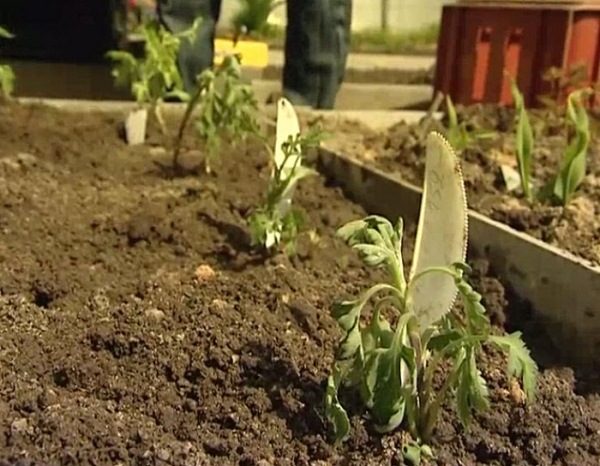 In order for the flower to take root and bloom the next year, the grower needs to know how to properly plant chrysanthemums in the open ground in autumn, as well as the principles of caring for it.
In order for the flower to take root and bloom the next year, the grower needs to know how to properly plant chrysanthemums in the open ground in autumn, as well as the principles of caring for it.
It is advised to carry out this action in September. At this time, the soil is still not too moist, and the air is warm enough for rooting successfully. Choosing a viable planting material in the fall is very important, as weak cuttings do not have a chance to take root in a new place.
Landing site must be selected with the condition. That chrysanthemums did not grow on it in the next 2-3 years, otherwise the plant will begin to hurt quickly, and its flowers will be very small.
Autumn purchase of chrysanthemum seedlings allows you to carefully consider their variety and determine in advance the characteristics of the purchased planting material (height, color of buds, flowering time). According to spring seedlings, plant varieties are difficult to distinguish and you can buy absolutely not the flower you wanted. An additional advantage of autumn planting is the possibility of distributing chrysanthemums on the plot in the form of separate flower beds according to flowering order.
At the same time, there is a risk of death of the plant if it does not have time to take root. Therefore, be sure to study in advance the information on how to plant chrysanthemums in the fall.
The following rules apply:
- buying viable seedlings;
- choose the right place (enough sun and moderate soil moisture);
- plant cuttings in September;
- dig a hole for a seedling with a depth not exceeding 40 cm;
- the bottom of the pit is lined with a layer of drainage;
- the landing site is enriched with fertilizers and watered;
- the roots are lowered into the hole, sprinkled with earth and watered;
- carry out cropping;
- for tall varieties establish a support;
- with intense heat, cuttings shade for 2-3 days.
Planting a flower in containers
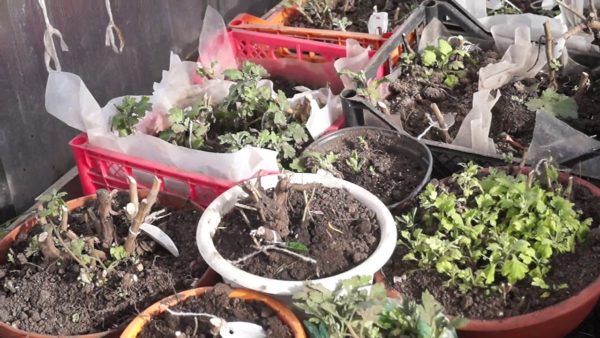 The problem of how to plant chrysanthemums in the fall occurs when the cuttings fall into the hands in October-November. It is too late to plant a plant on a site, but it can be stored until spring by rooting in a container with soil.
The problem of how to plant chrysanthemums in the fall occurs when the cuttings fall into the hands in October-November. It is too late to plant a plant on a site, but it can be stored until spring by rooting in a container with soil.
To do this, perform the following steps:
- light soil and a drainage layer are laid on top of the tank;
- dig a hole and plant a seedling in it;
- cut the bush of chrysanthemum to 2/3 of its height in order to accelerate the rooting process;
- water the soil with a small amount of water;
- place the container in the basement, where the air temperature is in the range +5 - +7 0С.
Planting such a handle in open ground is performed in the spring.
Autumn Chrysanthemum Care
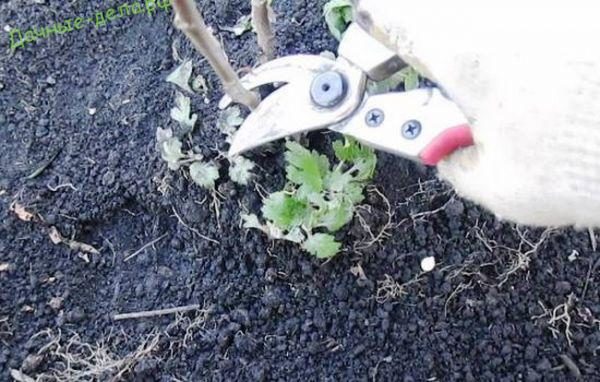 To grow a healthy plant, you need to properly care for it:
To grow a healthy plant, you need to properly care for it:
- watered with copious amounts of defended water 1 p. in 7 days, 2-3 days after planting with a watering can without a tip, so that moisture does not fall on the leaves. Inadequate watering is indicated by the cessation of shoot growth and trunk lignification;
- in the absence of mulch, loosening the soil during irrigation in the first month, and also remove weeds;
- make fertilizers, which include potassium and phosphorus during the formation of buds of 1 r. in 2 weeks. These chemical elements help strengthen the roots when preparing chrysanthemums for winter. Manipulation is carried out after moistening the soil;
- Chrysanthemum branches are cut to 2-3 lengths before wintering, so that the shoot length is no more than 15 cm. This will better cover the bush.
Winter preparations
Chrysanthemum is considered a frost-resistant plant, but after an autumn planting, it is necessary to build shelter. To do this, use a frame with polyethylene, which serves as a greenhouse and protect the bush from frost.
Also in preparation for winter gardeners perform the following actions:
- mulch the trunk circle with a layer of compost or peat (10 cm) in October;
- cover the bushes with a layer of fallen leaves, hay (30-40 cm) or spruce branches in November;
- transship the chrysanthemum together with a lump of land into containers built from boards, or pots. Capacities are placed in a room with an air temperature not exceeding +3 - +7 degrees. In this way, large-flowered plant varieties (Helen, Golden Orpheus) winter.
Reproduction of chrysanthemums in the fall
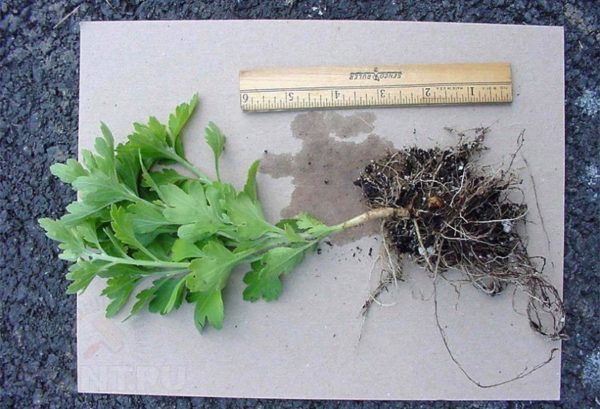 There are several ways to propagate a flower:
There are several ways to propagate a flower:
- cuttings. A healthy and non-flowering part of the plant trunk is selected and a stalk about 15 cm long is separated. The lower and half of the upper foliage are removed. The seedling tip is moistened in a Kornevin solution and placed in a pot with soil. The capacity is left in a room with an air temperature of +22 - +24 degrees. Periodically water the flower, maintaining moderate soil moisture. The formation of roots occurs in 2-3 weeks;
- the separated shoots of a bush when digging it up are planted in new places at the same depth. Then they are mulched and watered with a Zircon solution. If necessary, carry out shading.
Sowing seeds
Chrysanthemums are also grown by planting seeds. It should be borne in mind that after the collection of planting material and its secondary sowing, varietal characteristics of the plant are not preserved.
Planted seeds in February-March in pots for seedlings or in May-June in open ground when the ground warms up well. In this case, flowering occurs only the next year.
Diseases and pests of chrysanthemums
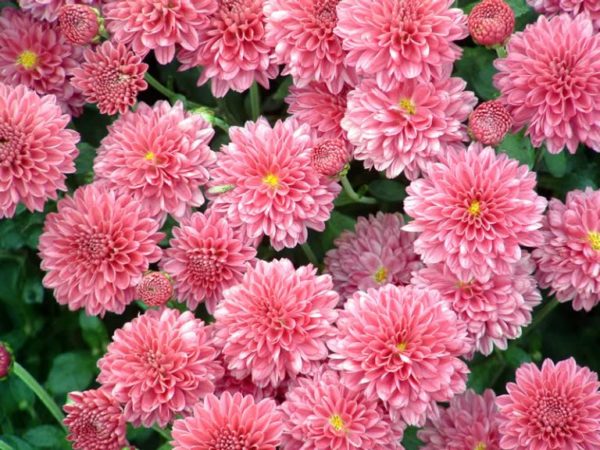 The bushes of the plant have strong immunity, but this does not mean that they can not get sick. Therefore, gardeners need to know the signs of disease in order to timely engage in treatment. The main sources of infection are viruses and fungi:
The bushes of the plant have strong immunity, but this does not mean that they can not get sick. Therefore, gardeners need to know the signs of disease in order to timely engage in treatment. The main sources of infection are viruses and fungi:
- powdery mildew. A sticky coating of white color appears on the leaves, which gradually acquires a gray tint;
- Fusarium wilt. Infectious agents destroy the rhizome, preventing it from absorbing enough moisture from the soil. This leads to yellowing of the foliage, the absence of flowers and the cessation of growth of chrysanthemum. Such bushes are removed from the site and destroyed. If the disease has not passed to neighboring plants, then they are transplanted into the soil with a neutral pH level;
- rust. From below, the leaves are covered with an orange coating. They must be cut off, and the bush is treated with foundationazole;
- Septoria leaf.Yellow spots appear on the entire foliage of the plant, which gradually darken. In appearance, they resemble a burn. Cut all the greens and spray the bush with a fungicide;
- mosaic. One of the most dangerous diseases, since it is impossible to save chrysanthemum because of its instant wilting.
Noncommunicable diseases
Withering of the plant can occur due to the failure of the gardener to observe the rules of care:
- excessive watering and lack of loosening leads to soil compaction. Air access to the roots is blocked, and they begin to rot. In this case, the foliage of the bush turns yellow;
- untimely soil moisture slows down shoot growth. The leaves of the chrysanthemum turn pale and it fades;
- A plentiful amount of fertilizer burns the roots of the bush.
Therefore, when growing chrysanthemums, it is important to study the principles of caring for it in advance.
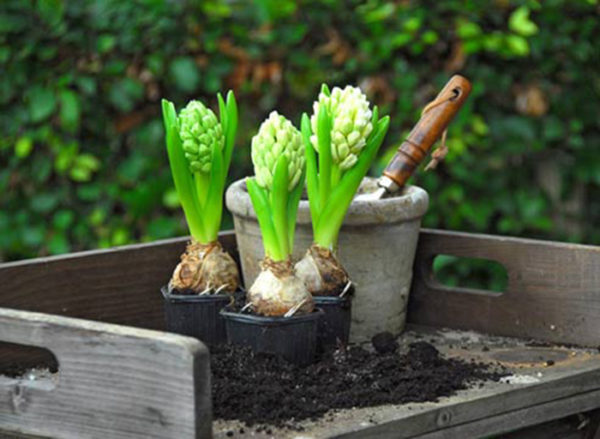 You may be interested in:
You may be interested in:Pests
Insects can also cause damage to the bushes. The following types of pests of chrysanthemums:
- aphid. It eats flower buds and drains the leaves by sucking juice from them. To kill the insect use soap with copper sulfate or insecticides (Actellik, Karate);
- leaf nematode. Yellow or brown spots appear on the leaves of the flower. They gradually fade. If the bush is not timely treated with an insecticidal preparation, then it will quickly die. In the absence of an opportunity to correct the situation, the plant is dug up together with the roots and destroyed, and healthy bushes are mulched;
- spider mite. Often appears during prolonged standing in hot weather and becomes the cause of falling leaves. Eliminate the pest by spraying the bush with infusion of dope and garlic.
Gardeners advise periodically inspecting the chrysanthemum for signs of damage, so as not to miss the moment when it will be necessary to treat it with insecticides.
Chrysanthemums in the fall, photo
There are various varieties of flower that differ in stem length, time of onset of flowering, color and size of the buds. Given these characteristics, you can think of in advance how to arrange flower beds with a plant on your site so that they please their beauty for the whole fall. From the photo you can choose the most liked type of chrysanthemum.
When it is possible to transplant chrysanthemums in the fall, as well as how to care for it, every gardener who has decided to start growing this flower should know. The preservation of plant viability depends on compliance with these rules.

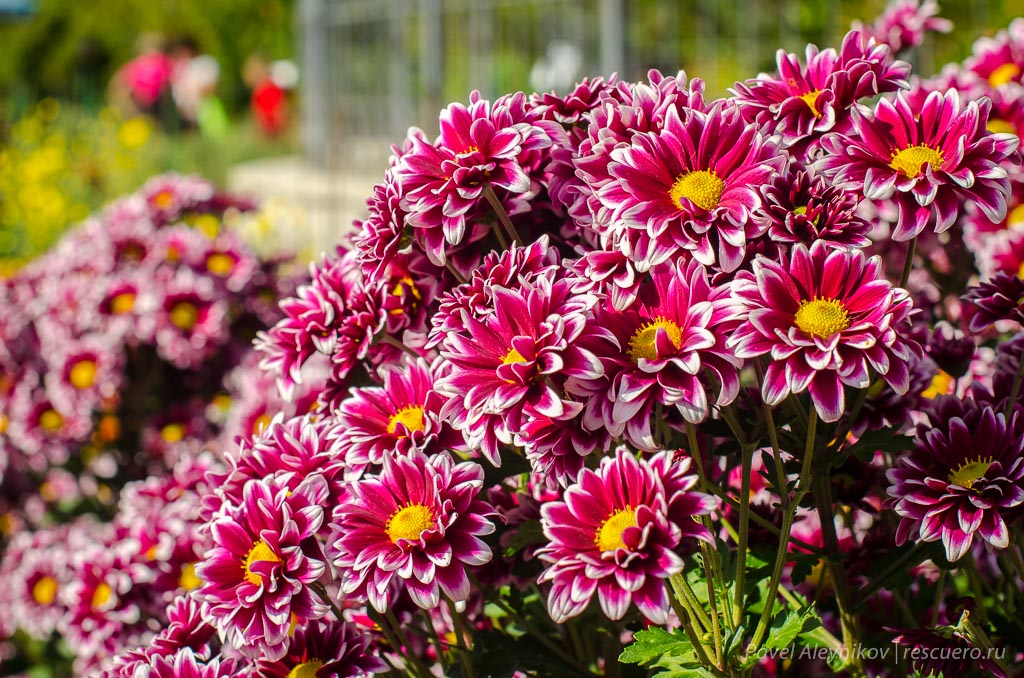
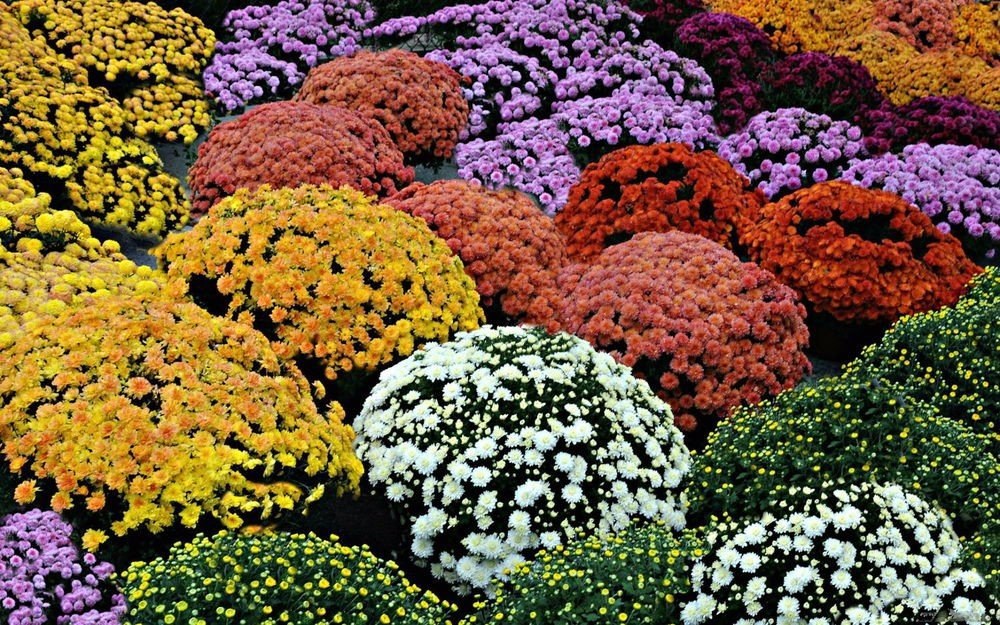
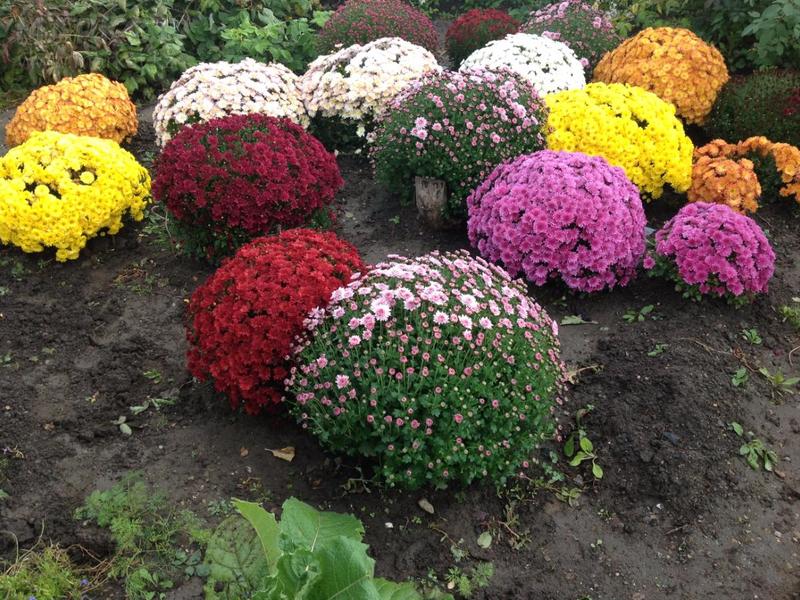
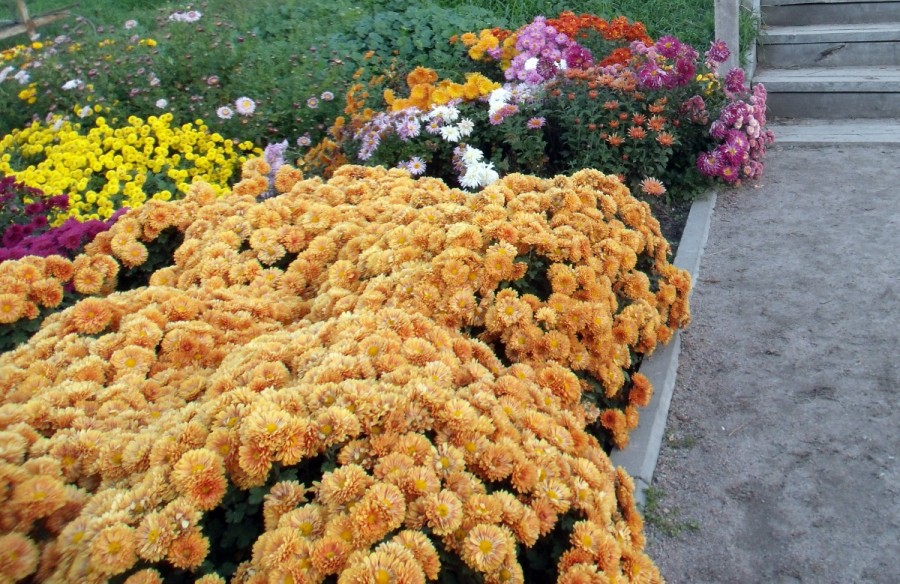
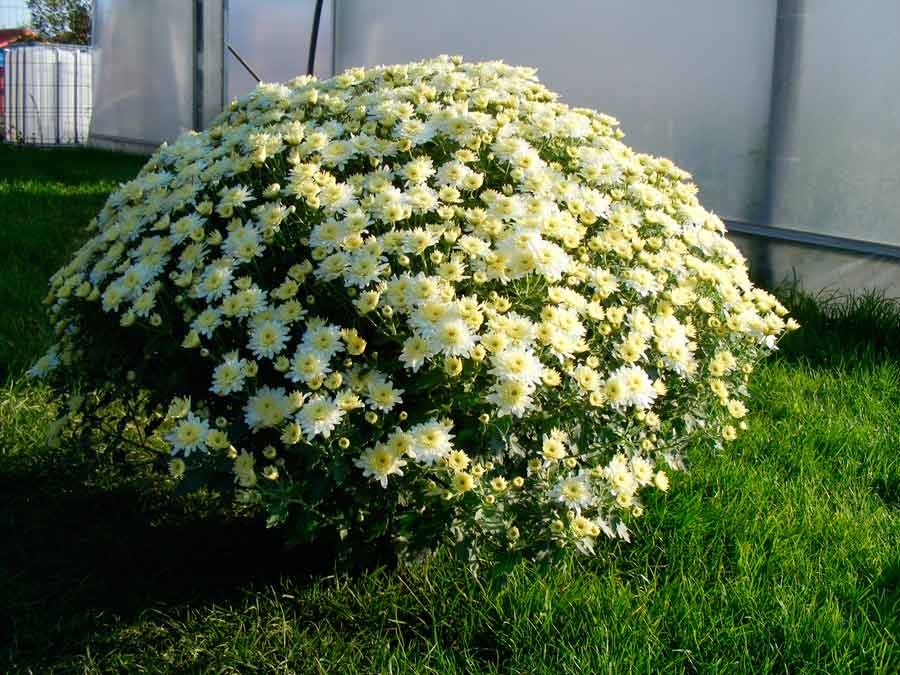
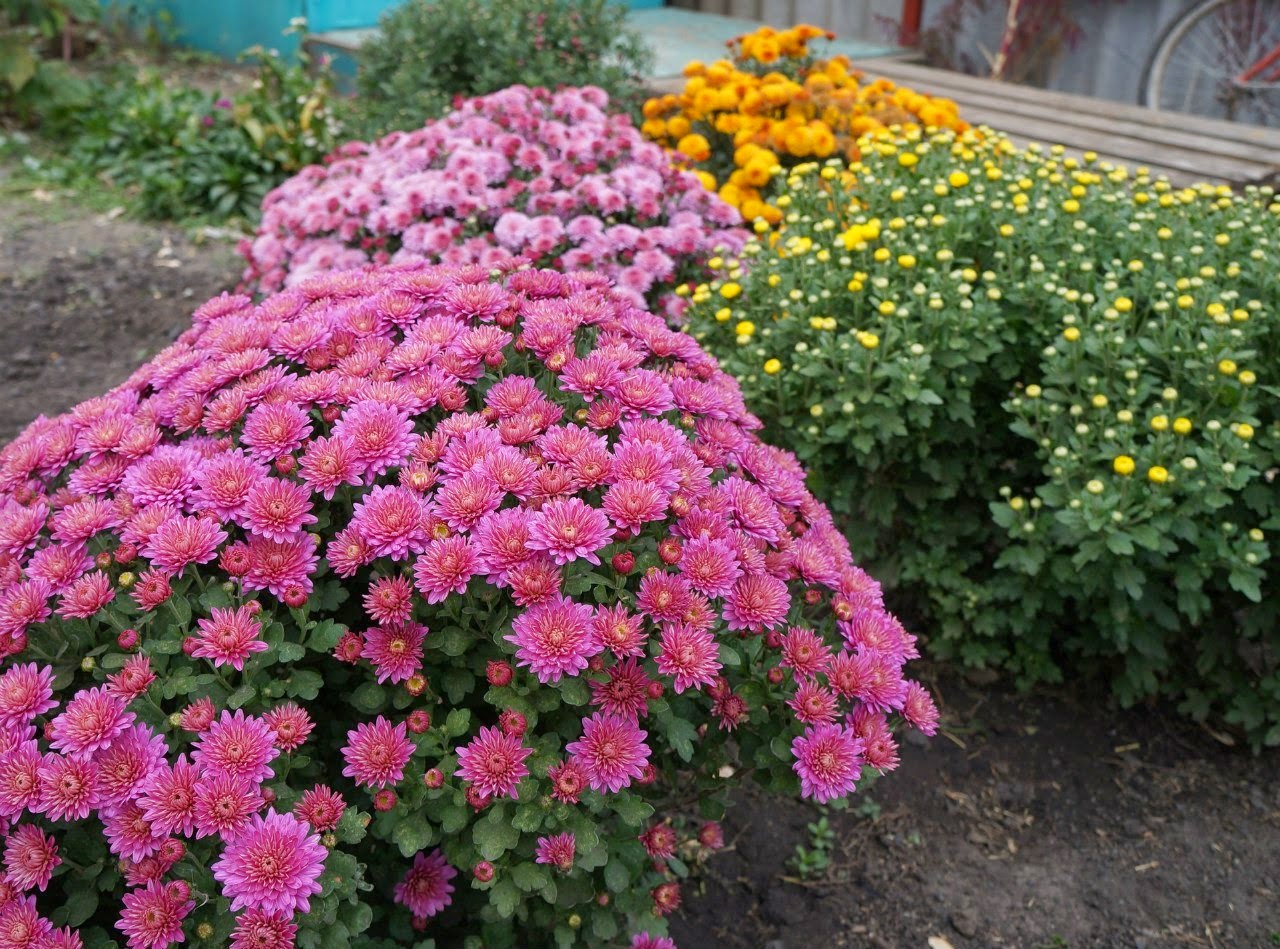
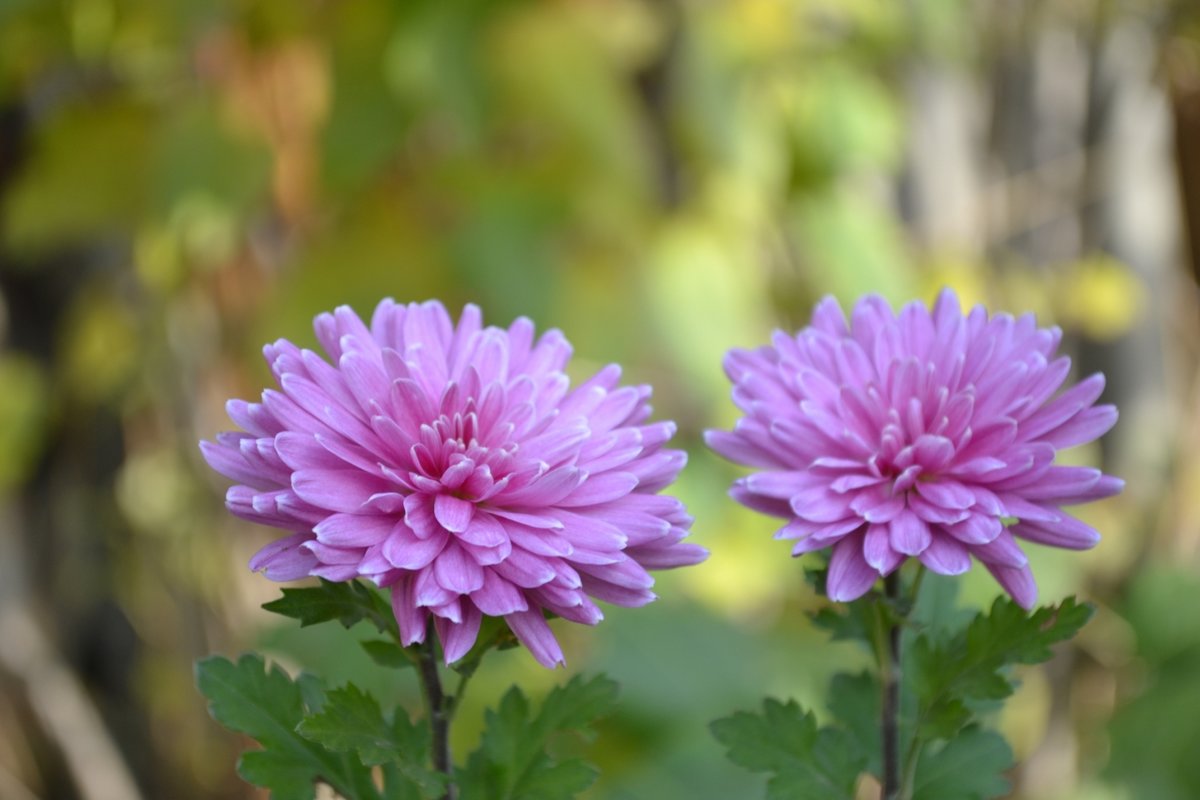
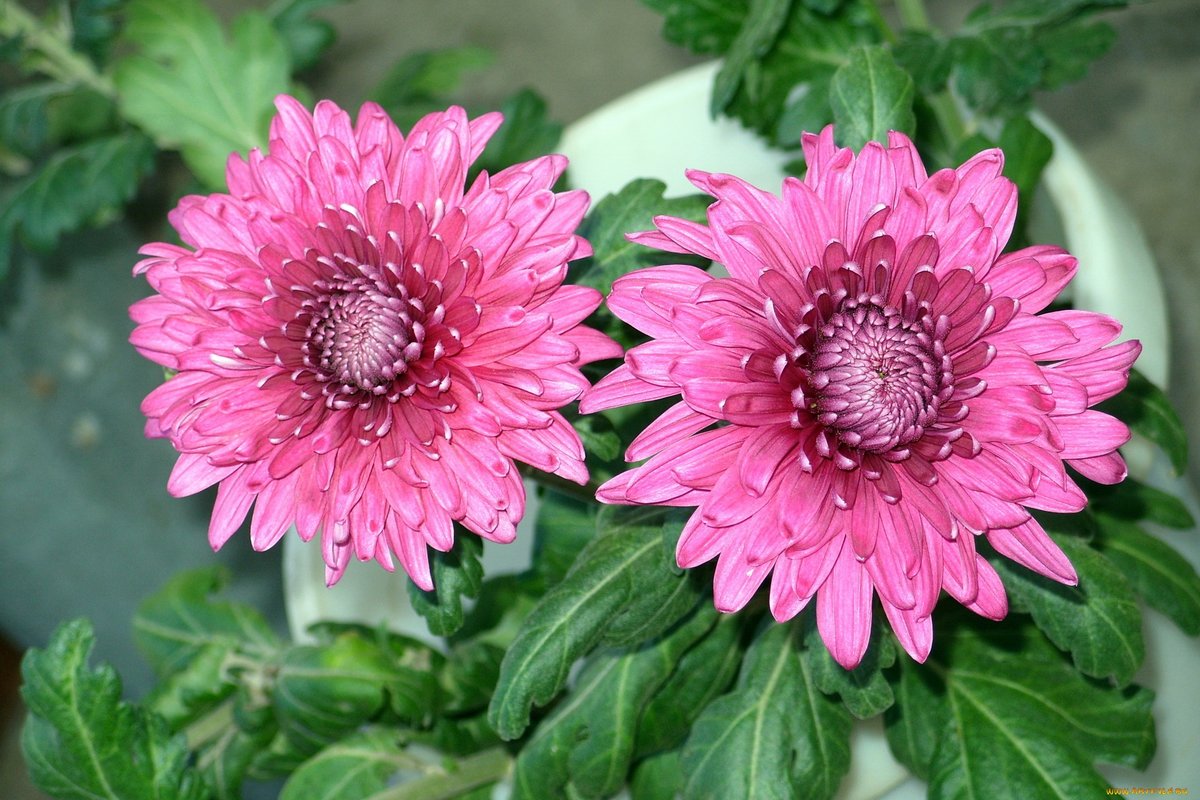
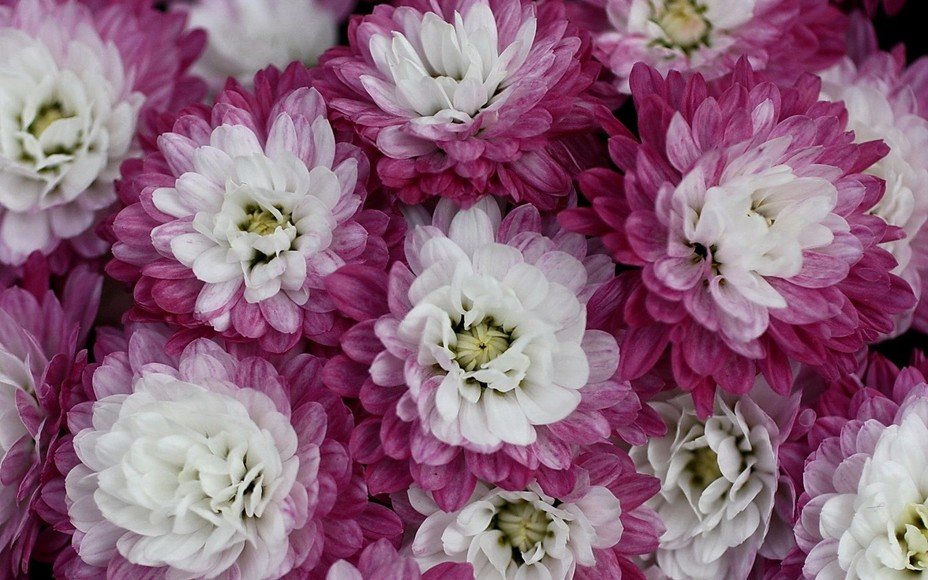
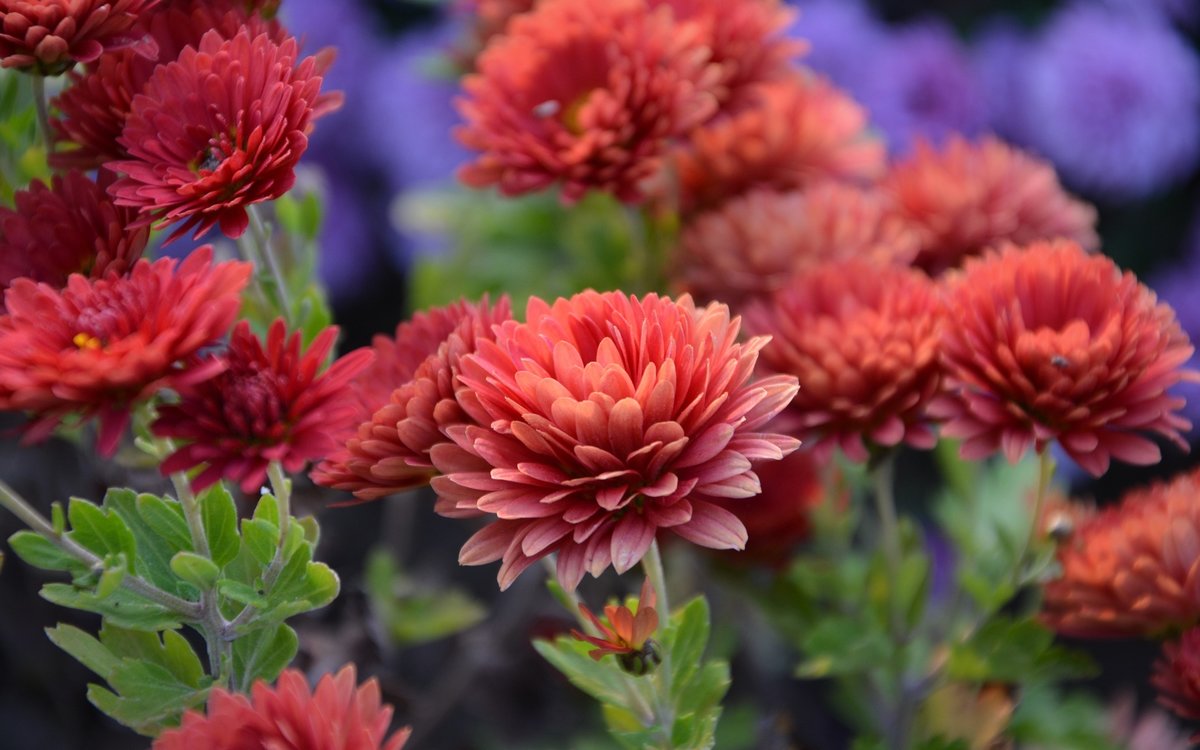
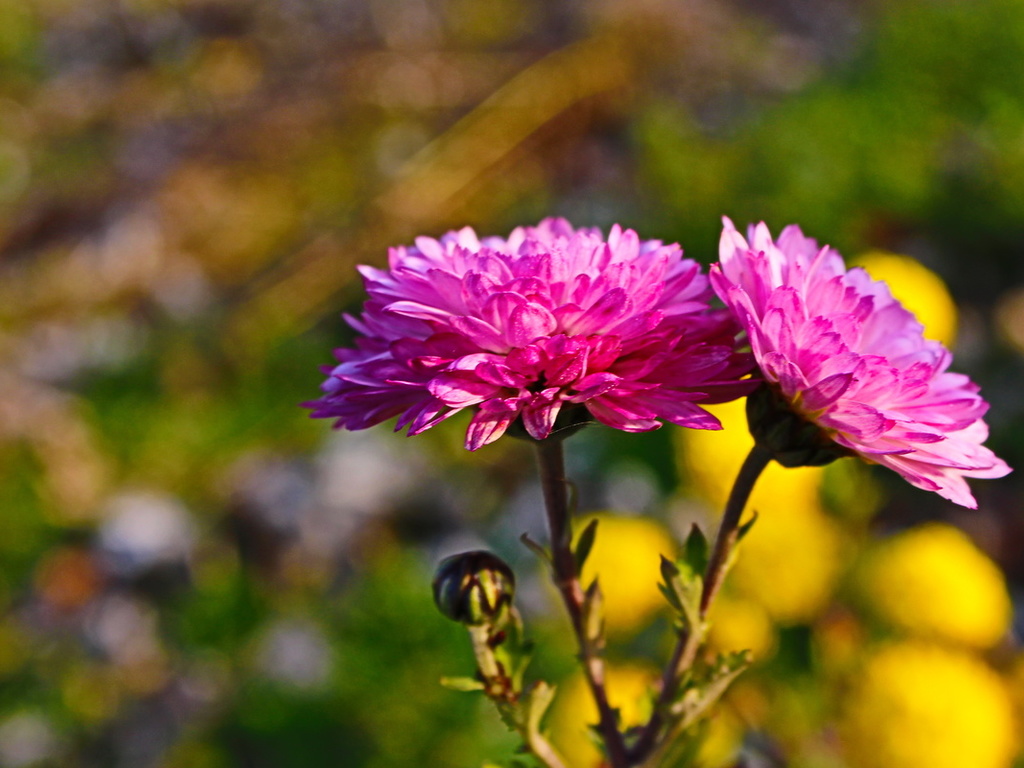
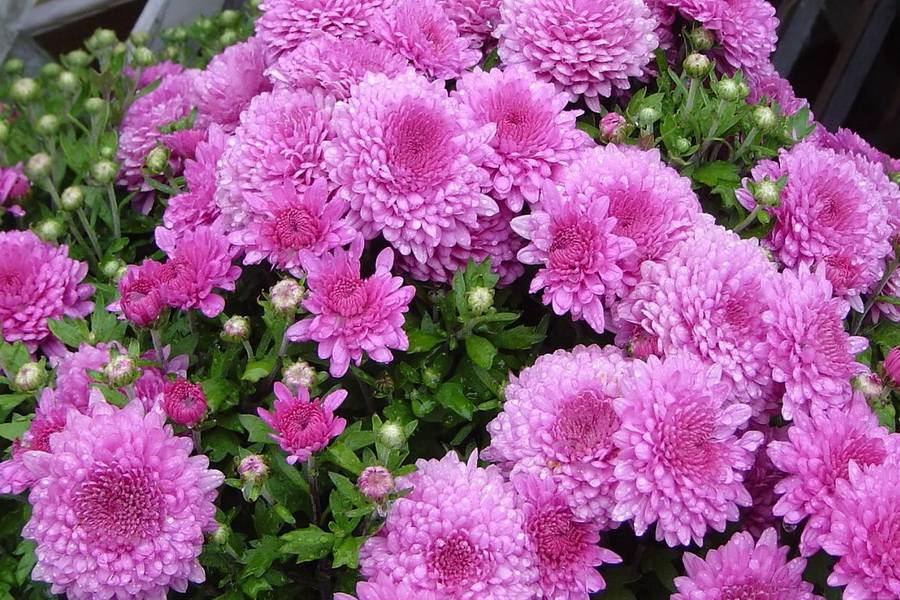
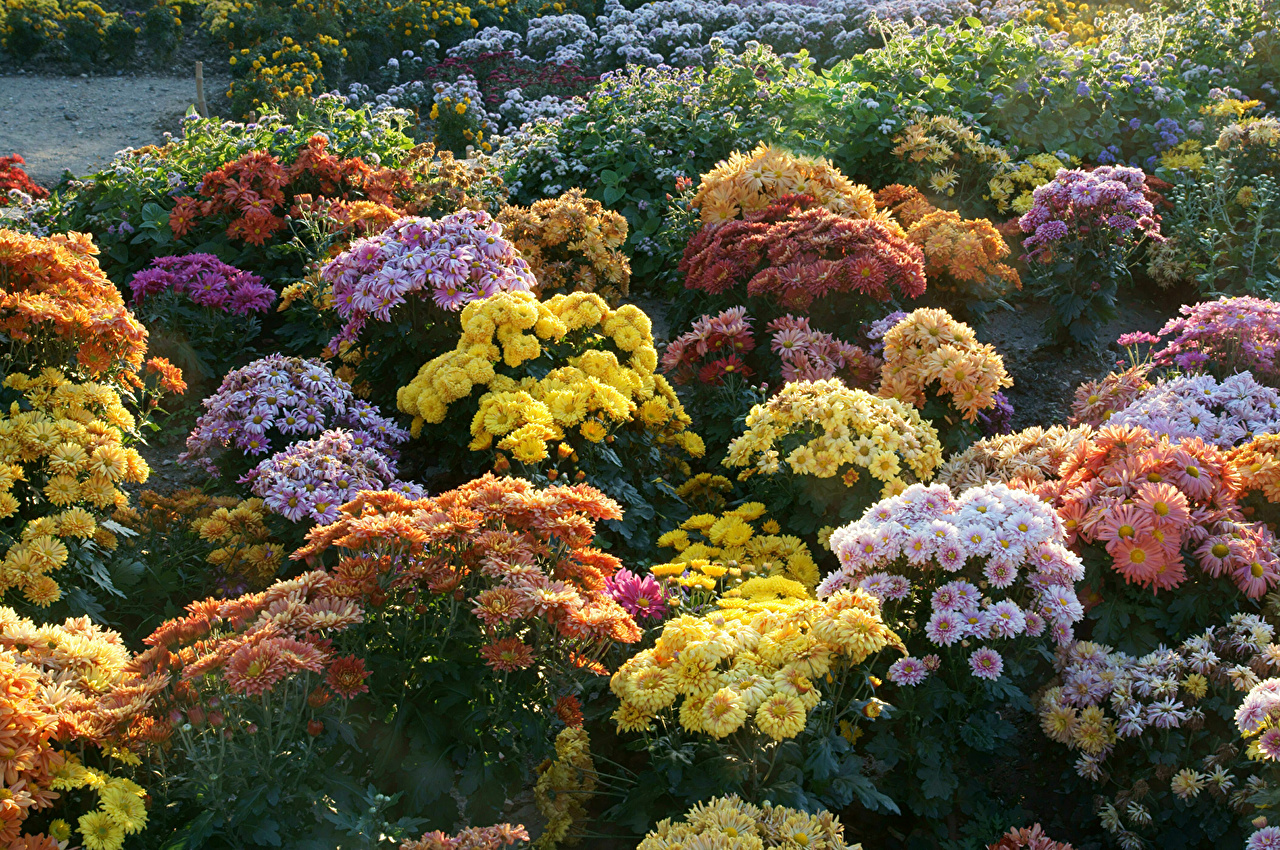
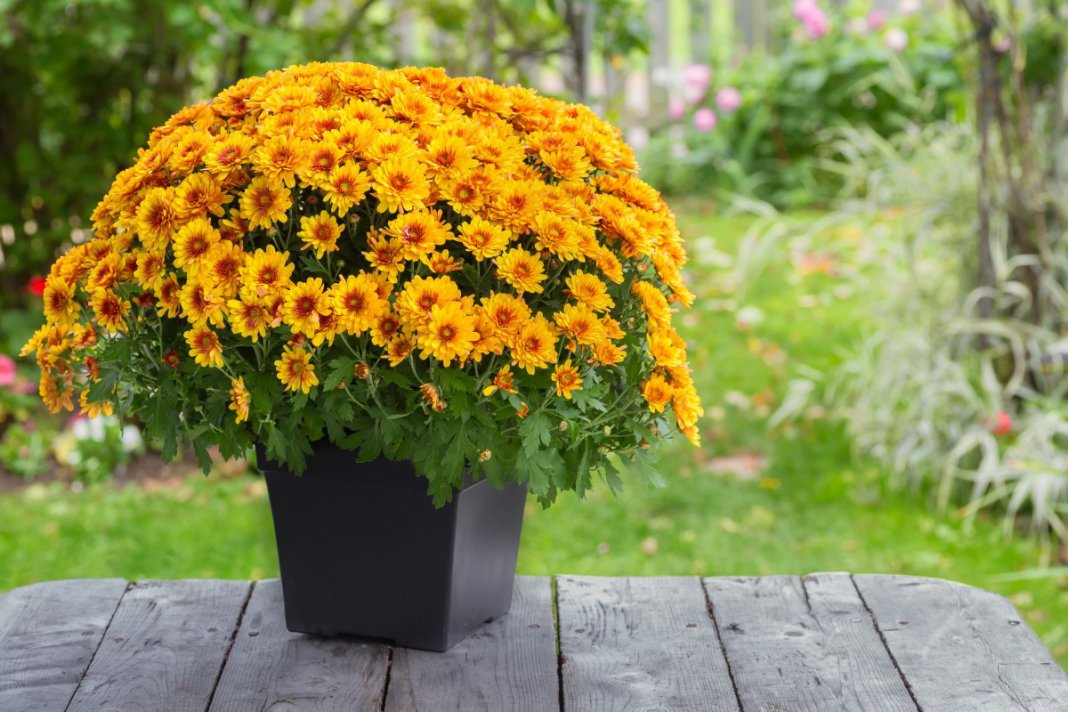
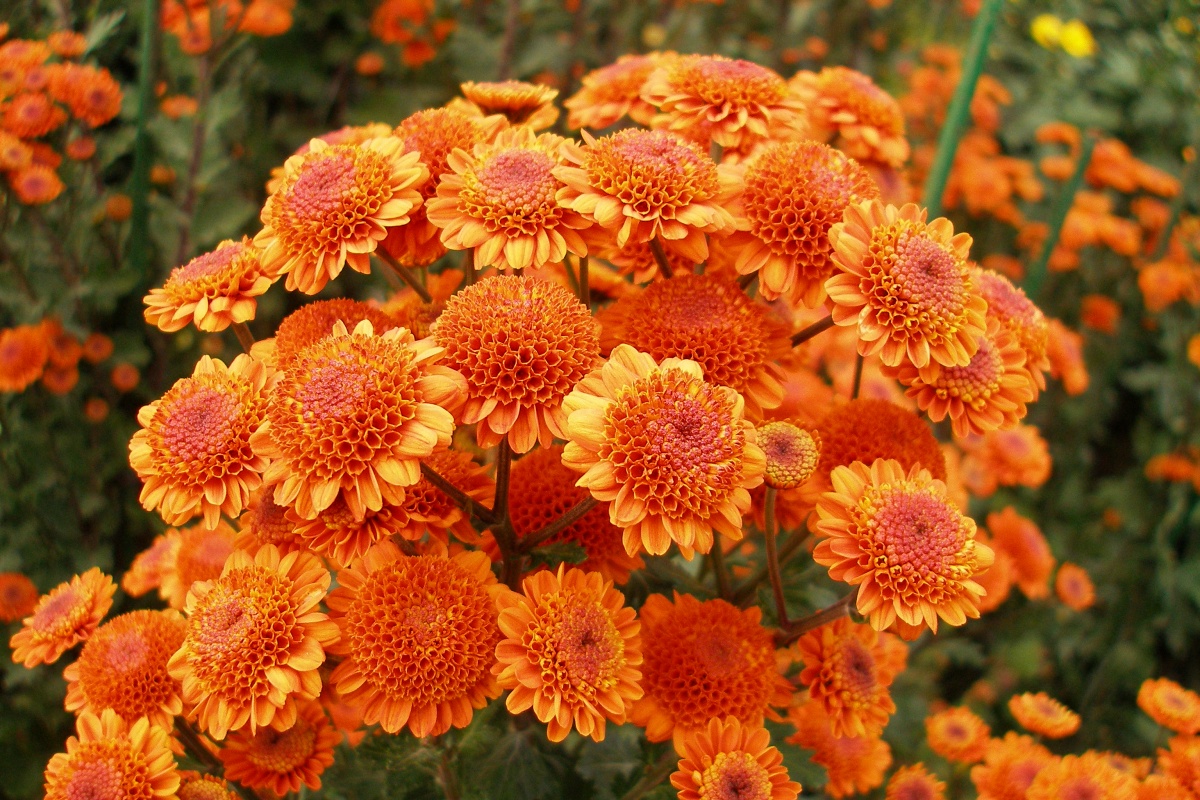
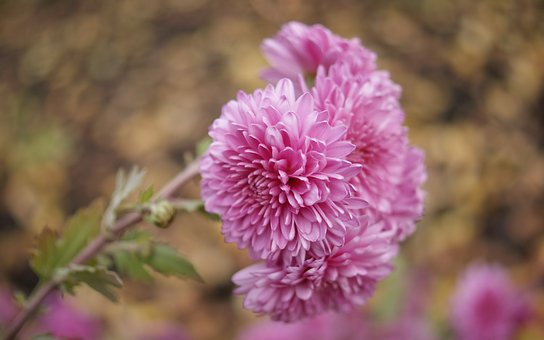
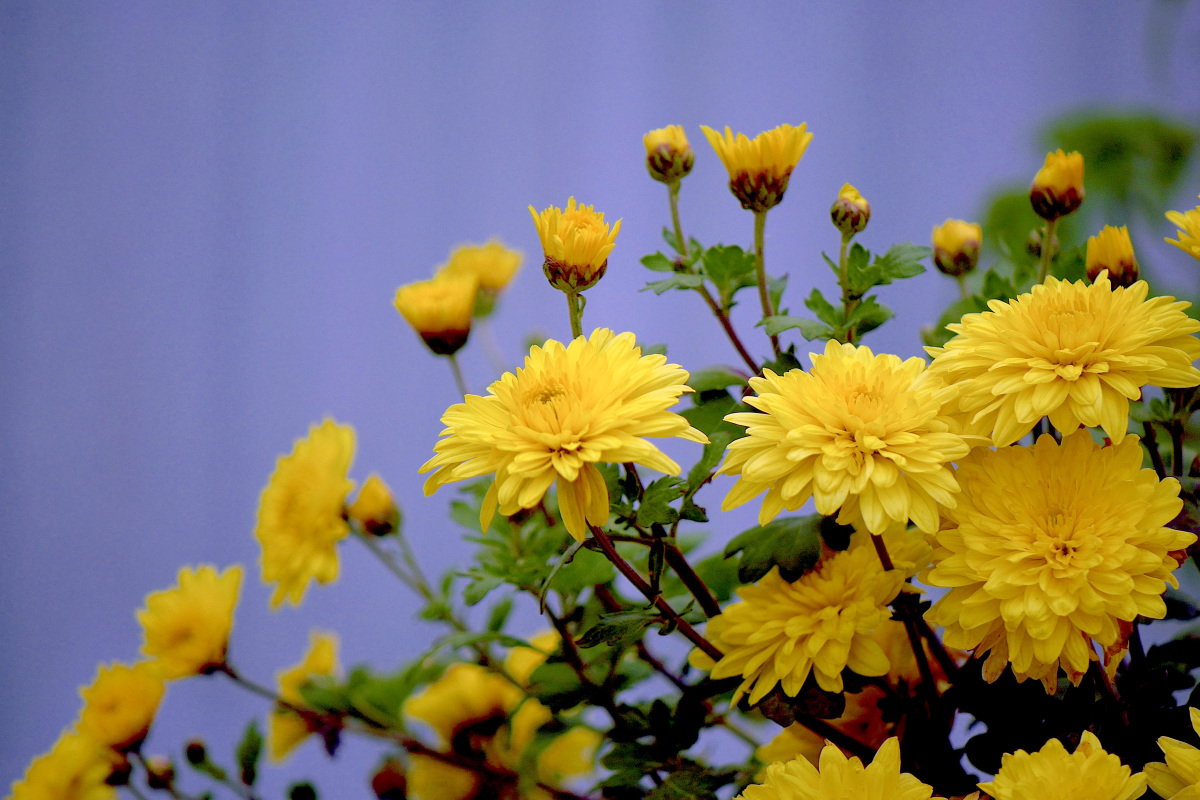
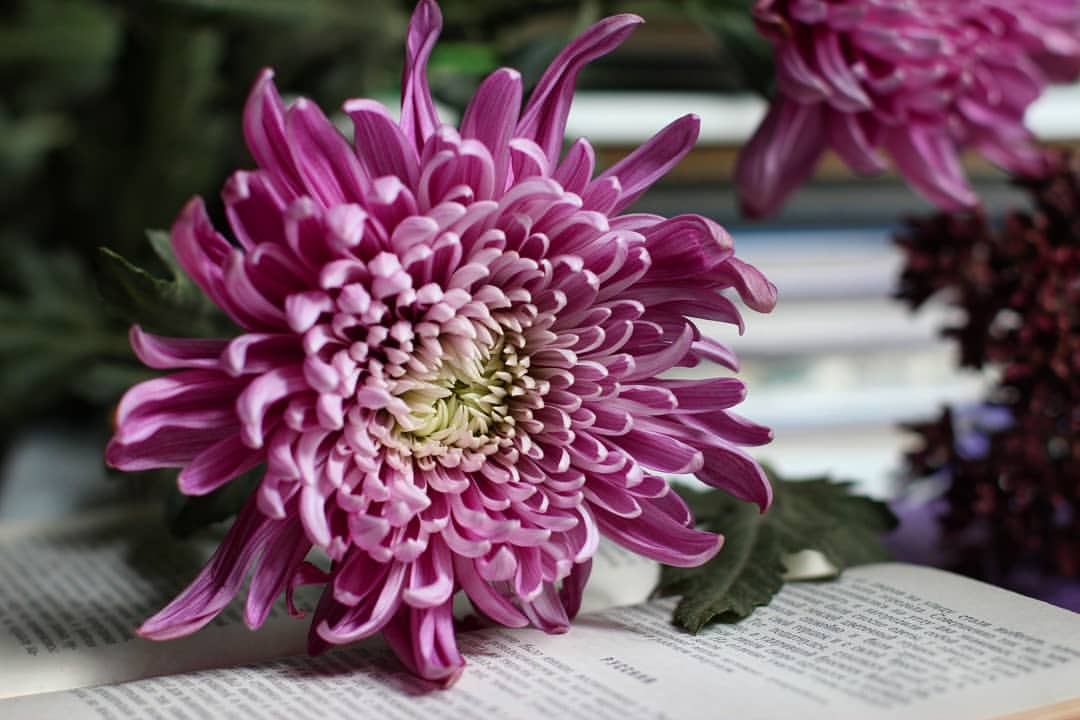
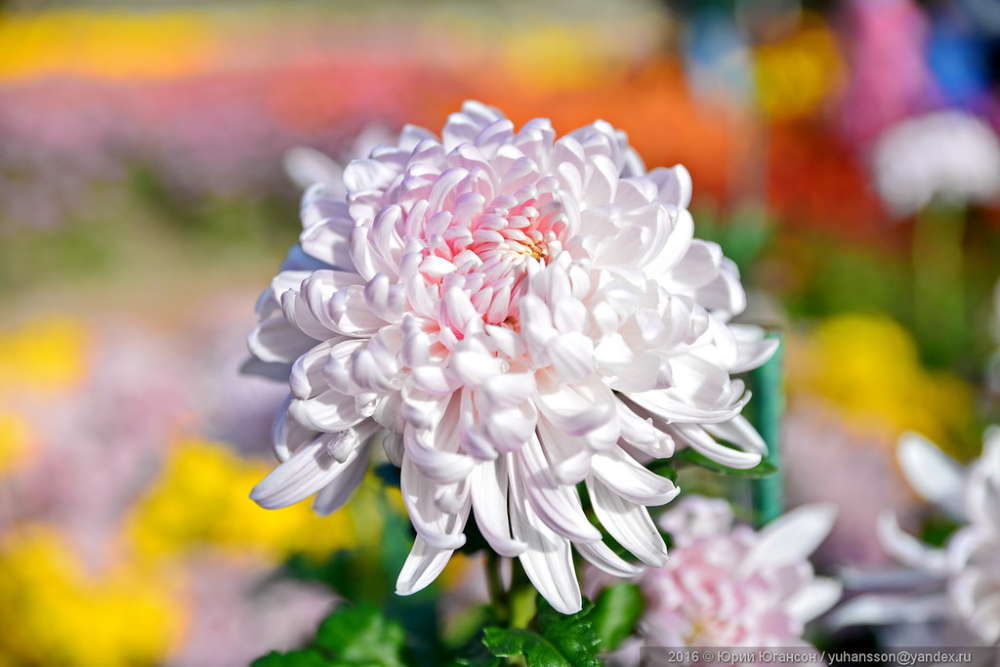
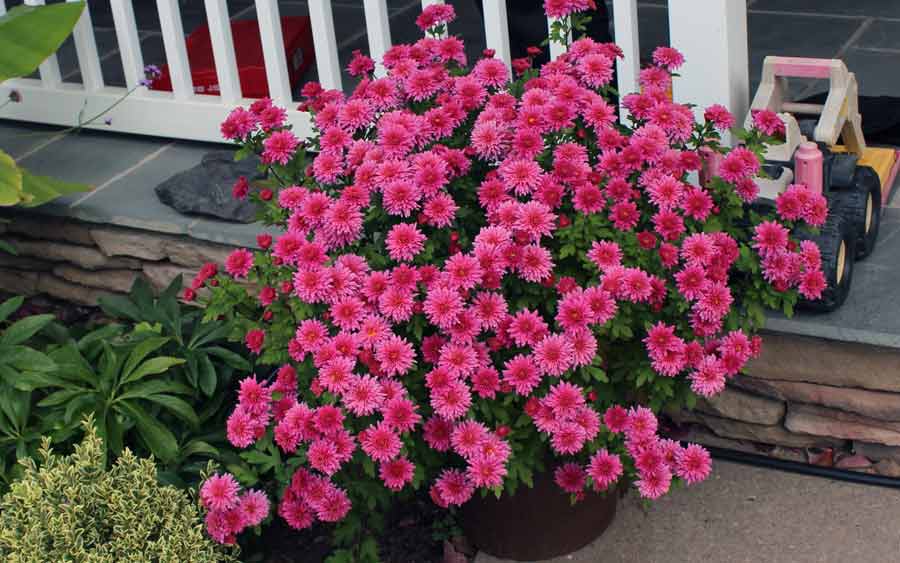
 Sow in the ground, without seedlings: 10 beautiful and unpretentious flowers
Sow in the ground, without seedlings: 10 beautiful and unpretentious flowers Platicodon planting and outdoor care
Platicodon planting and outdoor care Hosta - planting and care in the open ground in the Urals
Hosta - planting and care in the open ground in the Urals Oleander - care and growing at home
Oleander - care and growing at home